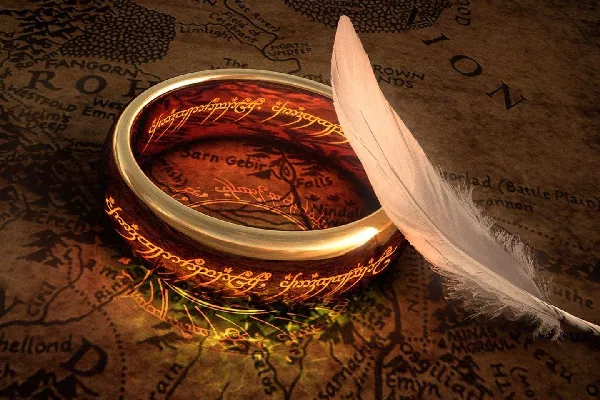The Rings of Power are one of the most iconic aspects of J.R.R. Tolkien’s epic fantasy series, The Lord of the Rings. These powerful pieces of jewelry play a significant role in the story and are highly sought after by many of the characters.
In the world of Middle-earth, the Rings of Power were created by the Dark Lord Sauron as part of his plan to dominate all other beings. He forged the One Ring, which gave him control over all the other rings, and distributed the remaining nineteen among elves, dwarves, and men.
The rings given to the elves were crafted with the help of Celebrimbor, one of the greatest smiths of the Second Age, who had unwittingly been deceived by Sauron into helping create them. These rings granted their bearers immortality and enhanced their natural abilities, but also bound them to the will of Sauron and left them vulnerable to his control.
The rings given to dwarves were also made by Celebrimbor but were not bound to Sauron’s will. However, they still held a curse that caused their users to become greedy and possessive, ultimately leading to their downfall.
The rings given to men were the most dangerous, as they were designed to grant their wearers power and longevity, but at a terrible cost. The men who wore these rings became enslaved to Sauron and eventually transformed into his wraith-like servants, the Nazgul.
The One Ring, which was forged in secret by Sauron himself, was the most powerful of all the rings and held the key to his domination over all other beings. Its destruction was the primary goal of the Fellowship of the Ring, a group of heroes who set out on a perilous quest to destroy the One Ring and defeat Sauron once and for all.
Throughout The Lord of the Rings, the rings serve as a symbol of power and temptation, demonstrating the corrupting influence of greed and the ultimate futility of trying to use power for one’s own gain. The story is a cautionary tale about the dangers of seeking power at any cost and the importance of resisting evil, even in the face of overwhelming odds.
In conclusion, the Rings of Power are a central element of The Lord of the Rings, representing both the seductive allure of power and the terrible consequences of succumbing to its influence. Their significance to the story underscores the themes of the book and adds depth and complexity to the world Tolkien created.

